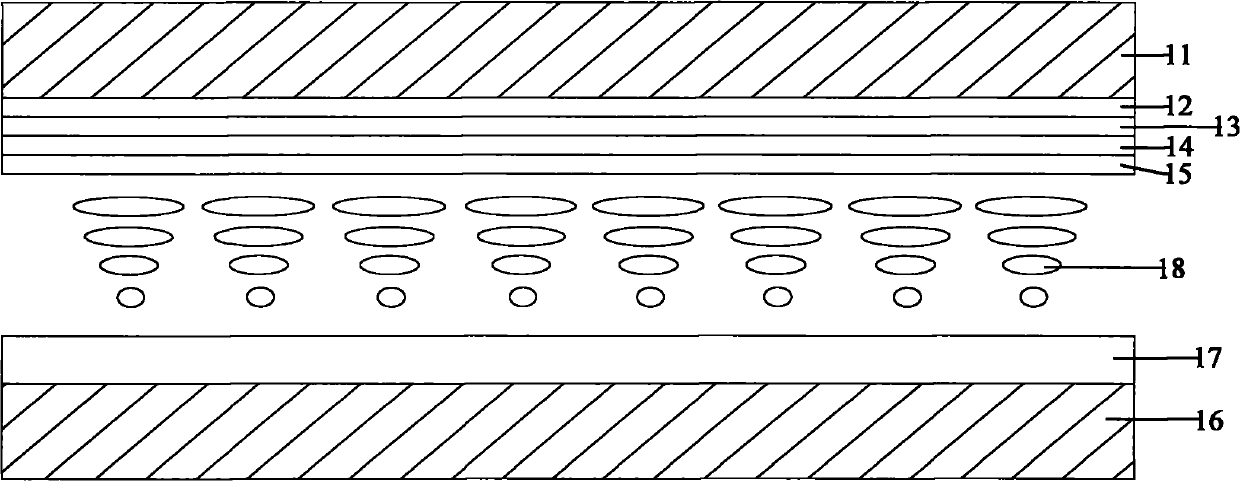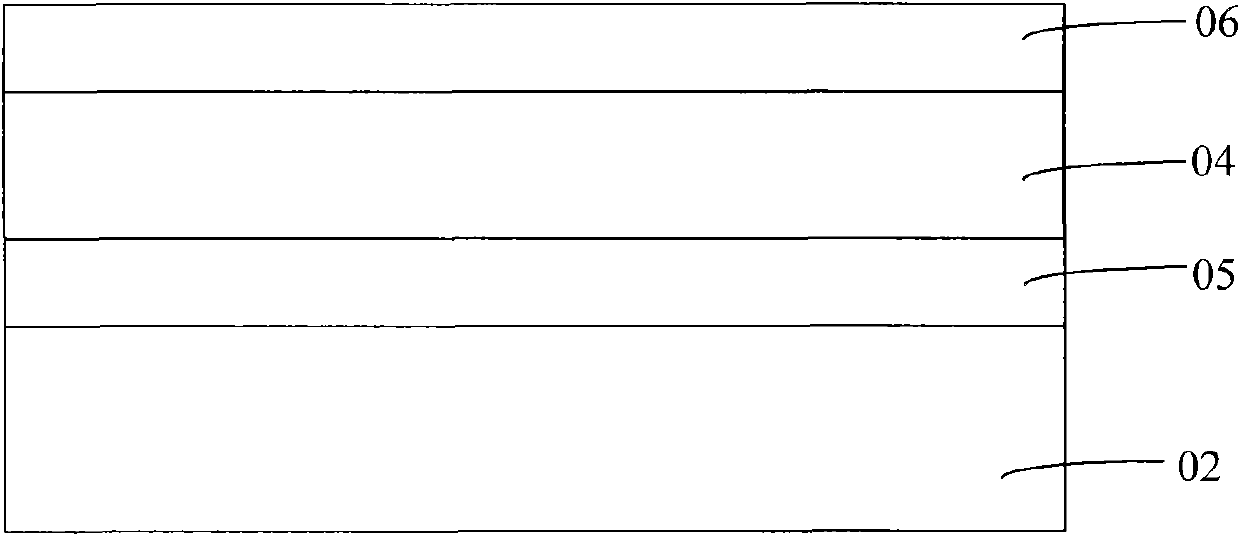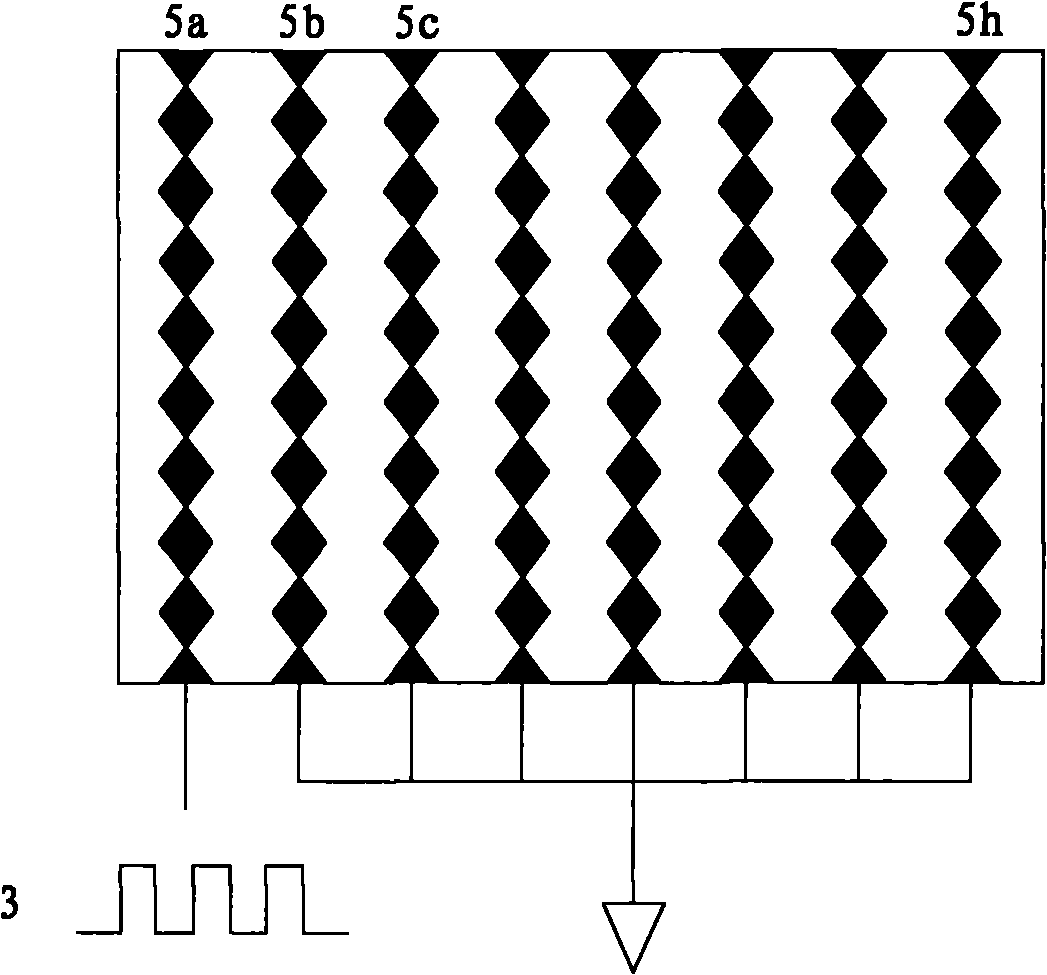Mutual capacitance touch sensor , detection method thereof and touch display device
A touch-sensing and mutual-capacitance technology, applied in electrical digital data processing, instruments, computing, etc., can solve problems such as reducing the sensitivity of the touch-sensing device 13, and achieve the effects of avoiding metal bridging, avoiding parasitic capacitance, and improving sensitivity
- Summary
- Abstract
- Description
- Claims
- Application Information
AI Technical Summary
Problems solved by technology
Method used
Image
Examples
Embodiment Construction
[0045] In the touch sensing technology, the change of the detection signal before and after the touch directly determines the signal detection sensitivity, but the inventors have found that the magnitude of the parasitic capacitance affects the change of the detection signal. In order to verify the influence of the parasitic capacitance on the detection signal, the inventor under the following parameter conditions, such as Figure 4 The equivalent circuit shown is simulated: R1 = R2 = 100Ω, C1 = 0.5pF, C4 = C5 = 1pF, R3 = R4 = 1000Ω, C6 = 100pF, R5 = 1500Ω, parasitic capacitance C2 = C3, varying from 10pF to 200pF. Drive signal 3 sine waves, frequency 20MHz, peak-to-peak value 10V. Signal difference before and after touch Figure 6 shown.
[0046] Depend on Figure 6 It can be seen that the smaller the parasitic capacitance, the larger the signal difference before and after the touch, which is more conducive to improving the sensitivity of signal detection.
[0047] Based...
PUM
 Login to View More
Login to View More Abstract
Description
Claims
Application Information
 Login to View More
Login to View More - R&D
- Intellectual Property
- Life Sciences
- Materials
- Tech Scout
- Unparalleled Data Quality
- Higher Quality Content
- 60% Fewer Hallucinations
Browse by: Latest US Patents, China's latest patents, Technical Efficacy Thesaurus, Application Domain, Technology Topic, Popular Technical Reports.
© 2025 PatSnap. All rights reserved.Legal|Privacy policy|Modern Slavery Act Transparency Statement|Sitemap|About US| Contact US: help@patsnap.com



